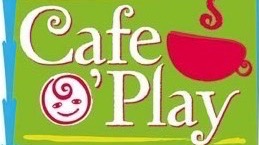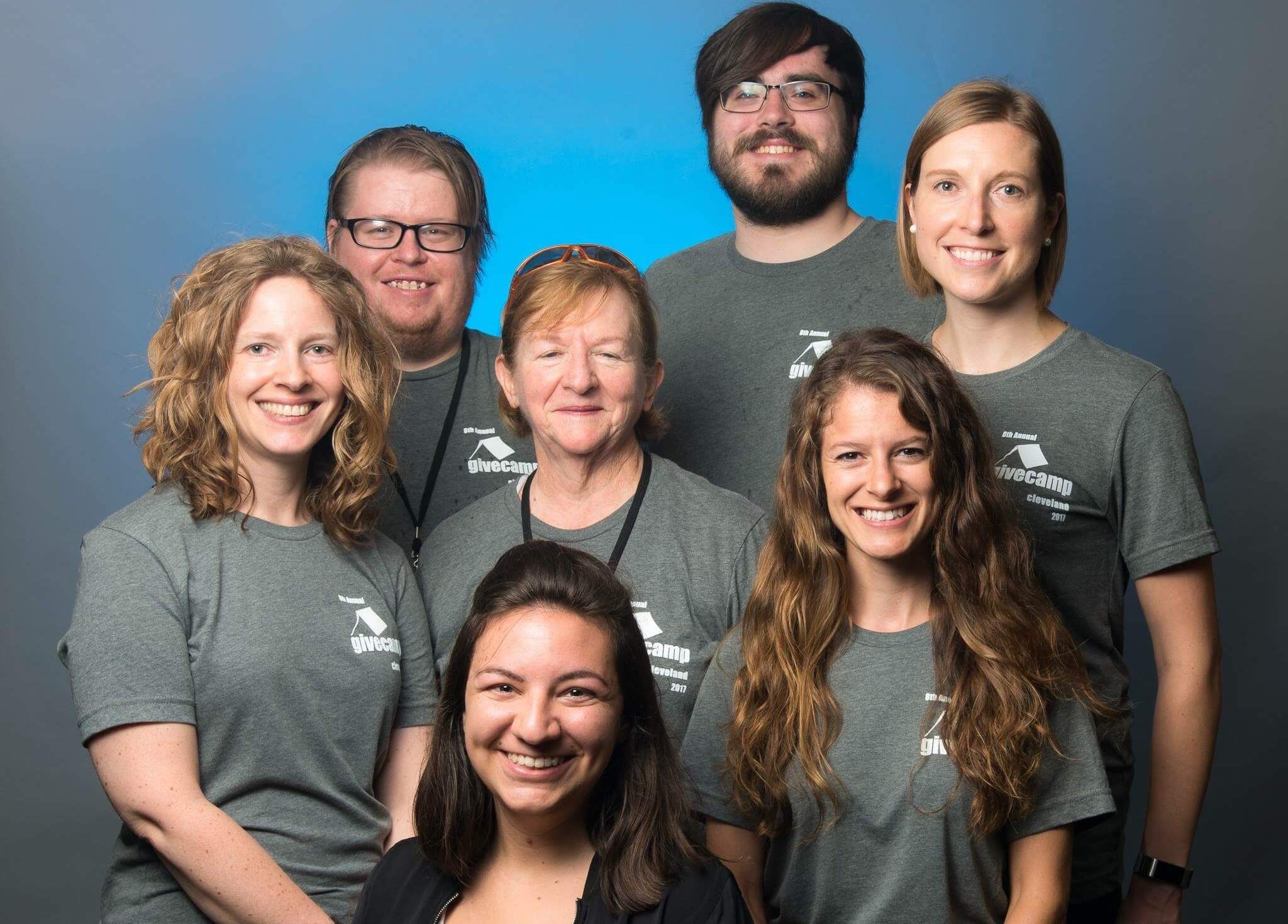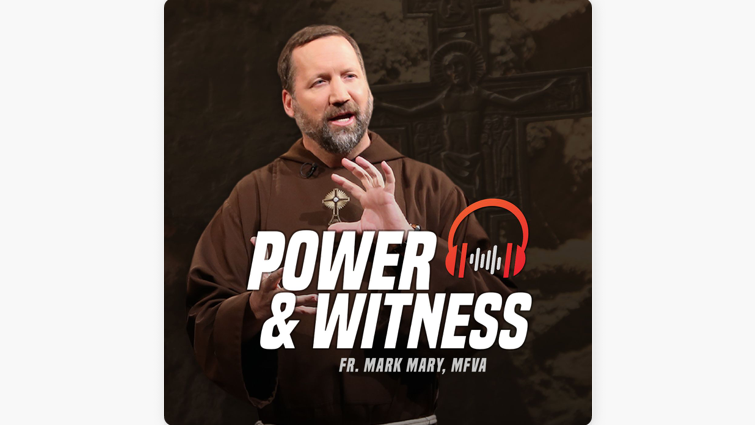The Spark That Ignited LINC
The spark of Linc Worldwide began when president and founder, Erin Clark, was just a small girl. Her father would show her pamphlets they received in the mail from various missionaries around the world working to feed children in impoverished communities. It was then, at a young age, Erin decided she would one day help those in need. The flame grew as missionaries came to Erin’s school and spoke of the work they were doing in suffering communities. Each time she heard their stories she felt more and more compelled to be a part of the change. By the time she began to look at colleges she knew her path was to help those in need, in turn, it is what largely impacted her college decision. Walsh University had, not only a strong nursing program (a career that would provide the flexibility and knowledge to pursue mission work), but they also offered a study abroad trip to Uganda.
 In 2009, Erin traveled to Uganda with her classmates where they visited local schools, hospitals, and villages. Among these places, was a displacement camp in Gulu, where refugees from Uganda and Sudan escaped the recent genocide. Clothed in rags and living in small mud huts, young children reached out to touch Erin and her classmates’ foreign white skin. Their skeletal arms and swollen bellies, due to extreme malnourishment, deepend the guilt she felt as she held her backpack full of bottled water and food. When she returned from her trip, she knew that one day she would have to go back.
In 2009, Erin traveled to Uganda with her classmates where they visited local schools, hospitals, and villages. Among these places, was a displacement camp in Gulu, where refugees from Uganda and Sudan escaped the recent genocide. Clothed in rags and living in small mud huts, young children reached out to touch Erin and her classmates’ foreign white skin. Their skeletal arms and swollen bellies, due to extreme malnourishment, deepend the guilt she felt as she held her backpack full of bottled water and food. When she returned from her trip, she knew that one day she would have to go back.
Two years later Erin returned to Africa for a new study abroad program in Tanzania. Equipped with the knowledge and experiences from her first trip, she better adapted to the extreme cultural differences in Africa. However, this trip exposed to her the major issues in the healthcare system. The locals lacked the resources and equipment to provide proper care for the patients, including beds, forcing patients to share or sleep on the floor. Erin and her peers witnessed nurses moving from patient to patient without washing or sanitizing their hands. After informing them on incorporating this into their daily practices, Erin could not help but think about the root of the problem. She began to question, “What is it about these countries that caused them to be so far behind in development and infrastructure?” Leaving Tanzania she recalls, “I distinctly remember on my flight home talking to my friend Jodi about the amount of poverty we saw during our trip. We were overwhelmed and felt disheartened. There is just too much poverty in the world. There is nothing we can do to fix it.” However, she wanted to fix it, but didn’t know where to start.
 Inspired by Erin’s previous trips to Africa, her cousin Amanda invited Erin to join her on a volunteer trip to Kenya in 2012 through a program called IVHQ. They were assigned to work in a clinic and orphanage in the outskirts of Nairobi, where they witnessed a shocking new kind of poverty. Erin vividly remembers, “children would see our white skin and approach us in the street, begging for money to pay for school, pleading for our book bags, which was one of the requirements on their school supply list in order to enroll in classes. We were surrounded by garbage, and needed to cover our faces as we walked through smoke wafting from scattered piles of burning trash. It appeared they had no waste management system in order. Stagnant puddles of rotting water greeted you before each store-front.” Even after two prior trips to African, nothing could prepare Erin for the devastating state of Nairobi.
Inspired by Erin’s previous trips to Africa, her cousin Amanda invited Erin to join her on a volunteer trip to Kenya in 2012 through a program called IVHQ. They were assigned to work in a clinic and orphanage in the outskirts of Nairobi, where they witnessed a shocking new kind of poverty. Erin vividly remembers, “children would see our white skin and approach us in the street, begging for money to pay for school, pleading for our book bags, which was one of the requirements on their school supply list in order to enroll in classes. We were surrounded by garbage, and needed to cover our faces as we walked through smoke wafting from scattered piles of burning trash. It appeared they had no waste management system in order. Stagnant puddles of rotting water greeted you before each store-front.” Even after two prior trips to African, nothing could prepare Erin for the devastating state of Nairobi.
When Erin and Amanda arrived at the orphanage, they discovered that the partially roofed dirt floor alley was home to nearly 100 children. The conditions were devastating, six plus children to a bed, little running water, and no toilet paper, soap, toothbrushes, or toothpaste to be seen. With no source of income, the orphanage relied on donors and volunteers for food and clothing, however, things such as medical bills, rent, employees, school fees, and every day needs were impossible to meet. Erin’s heart sank when she walked into the nursery for the first time. Hot tears filled her eyes as she took in the scene, “the room was hot and musty, the small window didn’t open. It smelled like a barn stall that hadn’t been cleaned. On the floor there was a thin, dirty blue mattress. On it were about 10 infants and toddlers. They just laid there. None of them had diapers so the mattress was soaked with their waste. Their clothes were visibly soiled. One baby was so dehydrated she had sunken fontanels. I quickly realized these babies rarely cried because they knew nobody was there to comfort them.”
 Erin and Amanda spoke with the woman who had started the orphanage. They learned of her desire to move the orphanage to a safer location away from the city. Erin remembers, “after briefly going over our plan, Amanda and I walked to a local internet cafe and naively made a Facebook event- We are building an orphanage in Kenya. We wrote about the children and our desperate plea to join us in helping this orphanage. A few days later I received an email from my mom, asking what was going on because people had started sending checks and cash to our house.” That spark from her childhood ignited as she realized she could make a difference in the lives of those helpless faces on the blue mattress. “I guess we are doing this,” she said.
Erin and Amanda spoke with the woman who had started the orphanage. They learned of her desire to move the orphanage to a safer location away from the city. Erin remembers, “after briefly going over our plan, Amanda and I walked to a local internet cafe and naively made a Facebook event- We are building an orphanage in Kenya. We wrote about the children and our desperate plea to join us in helping this orphanage. A few days later I received an email from my mom, asking what was going on because people had started sending checks and cash to our house.” That spark from her childhood ignited as she realized she could make a difference in the lives of those helpless faces on the blue mattress. “I guess we are doing this,” she said.
LINC’s Story: Part 1









